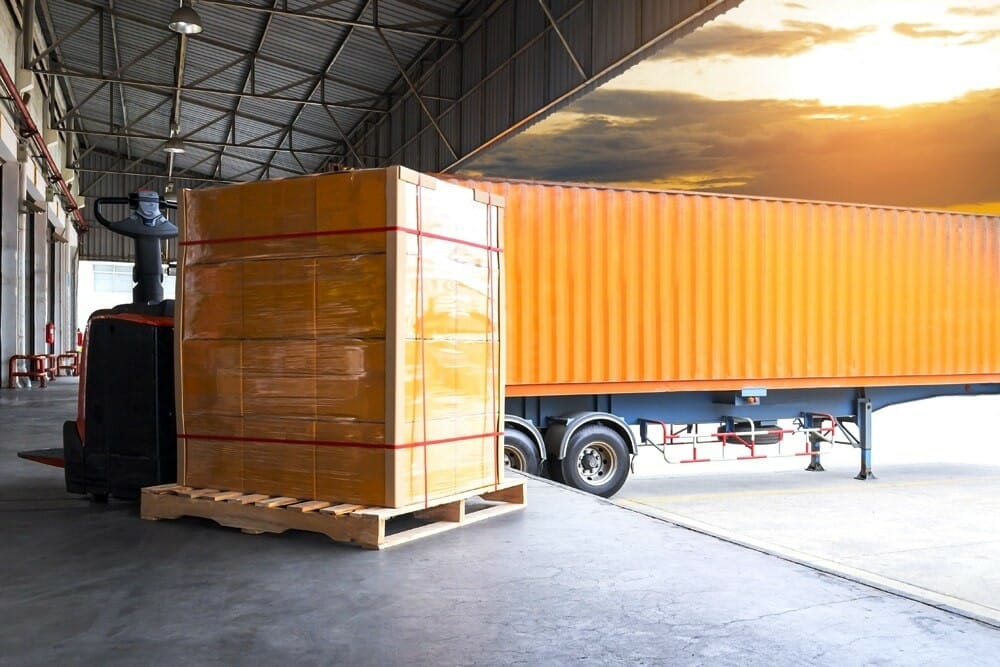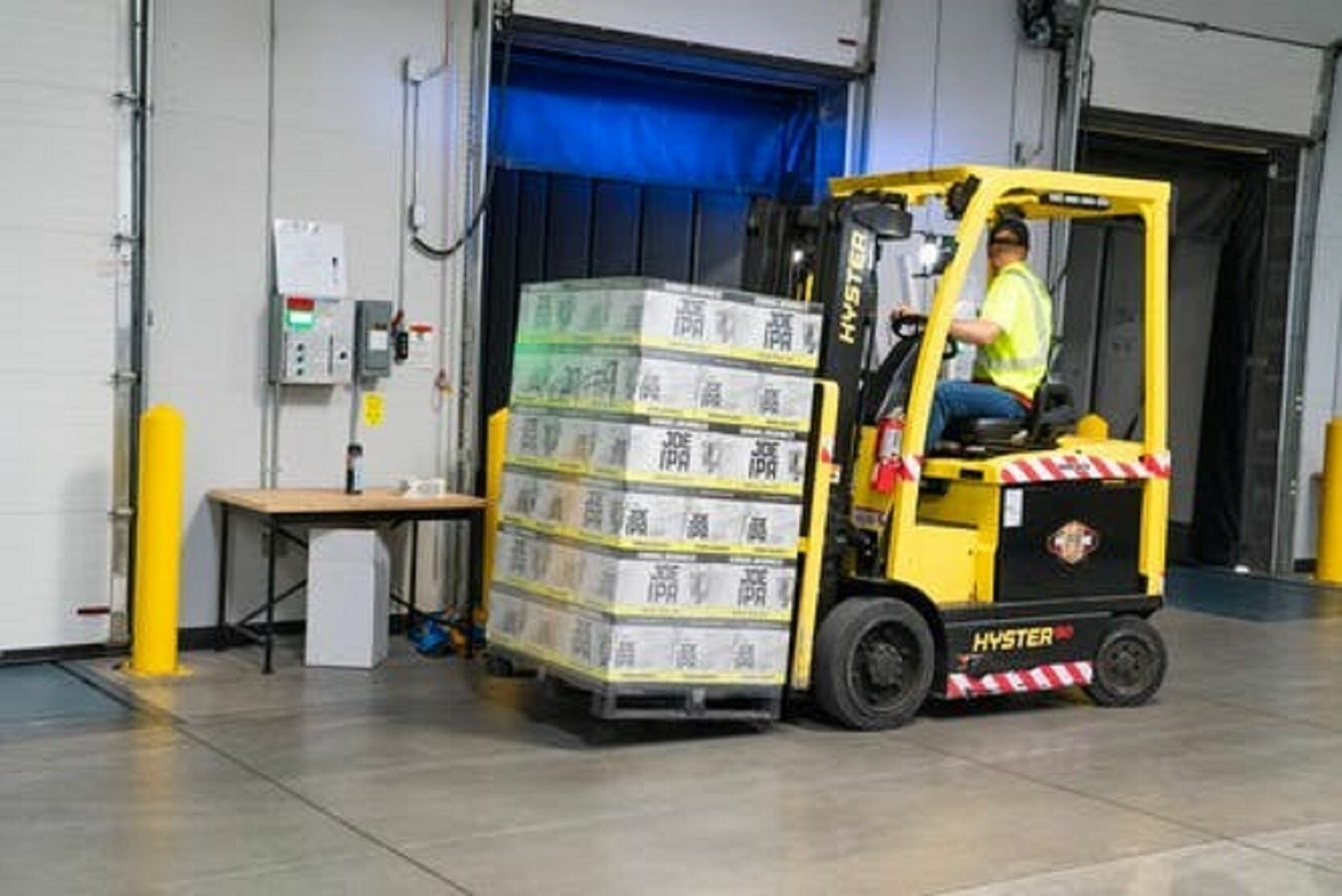The first step to a successful voyage in the vast ocean of global trade is selecting the perfect shipping container. It’s akin to choosing the right vessel for a maritime journey. Each cargo has its unique needs, and finding the optimal container ensures smooth sailing across tumultuous waters. But fear not, fellow navigator of commerce! Let’s embark together on an exciting voyage through the intricacies of container selection.
We’ll unravel the mysteries of sizes, conditions, types, and the art of matching them precisely to your marine cargo’s requirements. So, let’s unfurl the sails of curiosity and chart a course for a voyage brimming with knowledge and insight!
Sizing Up Your Cargo: Understanding Shipping Container Sizes & Dimensions
Determining shipping container sizes can be overwhelming, from petite to gigantic. Understanding the dimensions is a must for your cargo to have a snug and secure fit. Here’s a glimpse into the world of container sizes:
- Standard Sizes Unveiled: These containers have average lengths of 20 and 40 feet and widths of approximately 8 feet, while their heights are around 8.5 feet. The dimensions of these containers are the backbone of global logistics and they present a large area for all sorts of goods, so that transportation can be done from one continent to another without any problems.
- Thinking Outside the Box: Beyond standard sizes, specialized containers cater to unique cargo needs. High-cube containers extend the height to 9.5 feet, accommodating bulky or voluminous items. Meanwhile, 10, 45, and even 53-foot containers serve niche demands, providing tailored solutions for oversized shipments.

Assessing Container Conditions: Delving Into the State of Containers
While size matters, the condition of the container is equally vital. A container’s structural integrity safeguards your cargo against the perils of the open sea and rough handling. Here’s how to decipher container conditions:
- New vs. Used: The age-old dilemma persists in the shipping realm. New containers offer pristine conditions, ensuring maximum protection for sensitive cargo. Conversely, used containers provide a cost-effective alternative, boasting reliability with proper inspection and maintenance.
- Grading the Grades: Container conditions are categorized into grades, ranging from A to D. Grade A containers shine with excellence, exhibiting minimal wear and tear. As we descend the grading scale, containers may bear cosmetic imperfections or structural compromises, necessitating careful consideration based on cargo sensitivity.
Unveiling Container Types: Exploring the Diversity of Containers
Shipping containers are not one-size-fits-all; they come in a myriad of types tailored to diverse cargo specifications. Understanding the nuances of container types is paramount for selecting the perfect match:
- Dry Containers: These containers are the epitome of marine transport, as they offer unmatched flexibility. Equipped with a weatherproof design, they provide protection to many different kinds of equipment, from the mooring to the destination.
- Refrigerated Containers: Refrigerated containers are the greatest superheroes of the shipping world. They are ready to take action and help when cargo requires a cool embrace. The dedicated department is like a watchdog ensuring that the temperature remains intact for perishable products like fruits, vegetables, and pharmaceuticals.
- Open-Top Containers: As the mavericks of the shipping world, the open-top containers are comfortable with the unconventional dimensions. Their standout feature? The roofs can be easily detached for top-loading bulky or oversized cargo.
- Flat Rack Containers: In the ever-changing realm of shipping, flat rack containers emerge as flexible friends, prepared to confront any obstacle that comes their way. With the use of collapsible sides and end walls, these containers go beyond versatility, and they effortlessly adapt to irregularly shaped cargo like machinery, vehicles, or timber.
Charting the Course: Choosing the Right Container for Your Cargo
Now that we’ve navigated the sea of options, it’s time to chart a course towards the ideal container for your cargo. Here’s a compass to guide your decision-making process:
- Cargo Compatibility: Evaluate your cargo’s dimensions, fragility, and temperature sensitivity. Match these specifications with the appropriate container type and size to ensure a snug and secure fit.
- Budget Considerations: Balancing cost-effectiveness with cargo protection is paramount. Assess the feasibility of new versus used containers, factoring in maintenance expenses and long-term durability.
- Transit Conditions: Consider the journey your cargo will undertake, including sea, land, and potentially air transport. Opt for containers equipped to withstand the rigors of each leg of the journey, safeguarding against moisture, temperature fluctuations, and physical impacts.
- Regulatory Compliance: Familiarize yourself with international shipping regulations and industry standards governing container specifications. Ensure your chosen container meets requisite safety and quality certifications, averting potential delays or rejections at ports of call.
Choosing the right shipping container is like sailing through unexplored seas. Through the knowledge of container sizes, conditions, and types and linking them with the cargo needs, you begin to sail into the logistics harbor where your cargo is peaceful.









